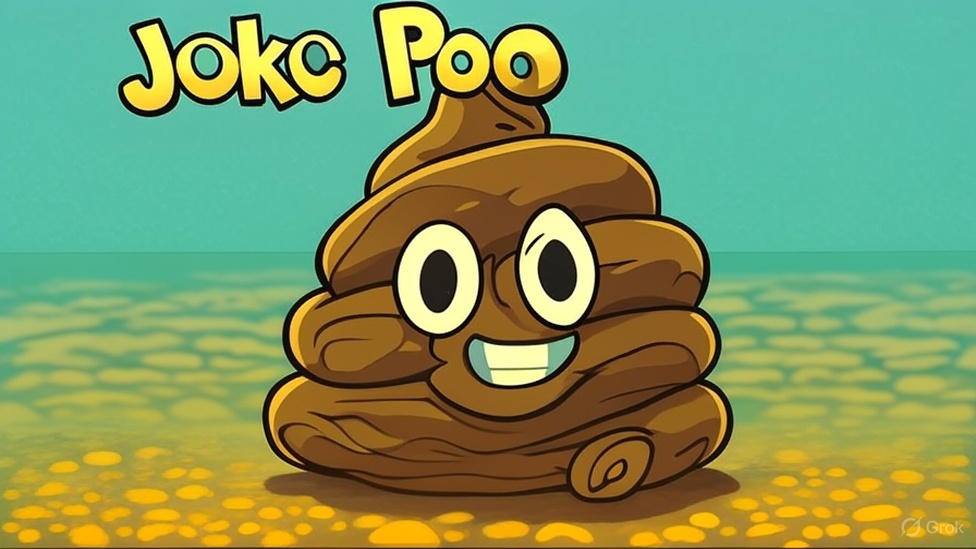It’s a full moon night and Blonde 1 looks up to the sky and says, “What a beautiful moon. Someday, I would like to go there.”
Blonde 2 says, “I want to go to Paris someday. I wonder which is closer.”
Blonde 1 says, “Well, duh, can you see Paris from here?”
Joke Poo: “The Martian Observation”
Two astrophysicists, Dr. Ramirez and Dr. Chen, are calibrating a new telescope at the Very Large Array in New Mexico. It’s a crystal clear night.
Dr. Ramirez gazes intensely at the monitor displaying Martian surface scans and remarks, “Incredible detail! Imagine setting foot on Mars someday.”
Dr. Chen sighs dreamily, “I’d love to visit the Andromeda Galaxy someday. I wonder which is closer?”
Dr. Ramirez raises an eyebrow without taking her eyes off the monitor. “Well, duh, can you see Andromeda from here?”
Alright, let’s break down this blonde joke and then elevate it with some lunar/Parisian humor:
Joke Dissection:
- Setup: Two blondes, implying (stereotypically) lack of intelligence, are relaxing in Central Park after a night out. Sets the scene and expectations.
- Punchline Premise: Blonde 1 expresses a desire to visit the moon. Blonde 2 desires to visit Paris and asks which is closer.
- Punchline Delivery: Blonde 1 points out the obvious absurdity of not being able to see Paris from New York, contrasting it with the visibility of the moon. This highlights Blonde 2’s perceived lack of geographical awareness.
- Humor Source: The humor derives from the stereotypical “dumb blonde” trope and the contrast between the physically distant but visible moon and the geographically closer but visually imperceptible Paris. There is also subtle humor of one blonde calling out another blonde on their lack of intellect.
Key Elements:
- Blondes: Stereotypical association with lack of intelligence.
- Moon: A distant celestial body, visible from Earth.
- Paris: A famous city, geographically closer than the moon but not visible from New York.
- Central Park: A location known for stargazing (though hampered by light pollution).
Comedic Enrichment (Option 1: Witty Observation)
“You know, it’s funny. We spend billions trying to get to Mars, but there are still people in Central Park who think Paris is closer.”
Why it works: This observation highlights the disparity between scientific endeavors and everyday geographical knowledge. It plays on the irony that space travel, a complex and far-reaching ambition, is prioritized while basic geographical understanding is lacking in some individuals.
Comedic Enrichment (Option 2: “Did You Know” Expansion)
“Did you know that the light pollution in Central Park is so bad, it’s estimated that the average New Yorker can only see about 250 stars on a clear night? But even with all that light, I bet they could still find the moon. Finding Paris? That requires a GPS and a well-funded passport.”
Why it works: This “Did You Know” blends factual information about light pollution with a comedic jab at the original joke. It uses the real-world issue of light pollution to contrast the visibility of the moon with the impracticality of simply “seeing” Paris.
Comedic Enrichment (Option 3: New Joke)
Two blondes are staring at the moon in Central Park. Blonde #1 says: “It’s so romantic, right?” Blonde #2 responds: “Yeah, but I heard it’s made of cheese! Did you know the Eiffel Tower is made of iron? I would much rather eat the Eiffel Tower!”
Why it works: Takes a comedic turn by going against the original formula. Instead of being about location, this new joke makes it about a culinary preference between a moon made of cheese (contrary to popular belief, the Moon is not made of cheese) versus an Eiffel Tower made of iron (though it is not actually edible).
I chose to generate a variety of enhancements, building upon factual or interesting trivia related to the key elements of the original joke. The goal is not just to repeat the humor, but to amplify it with context and wit.


